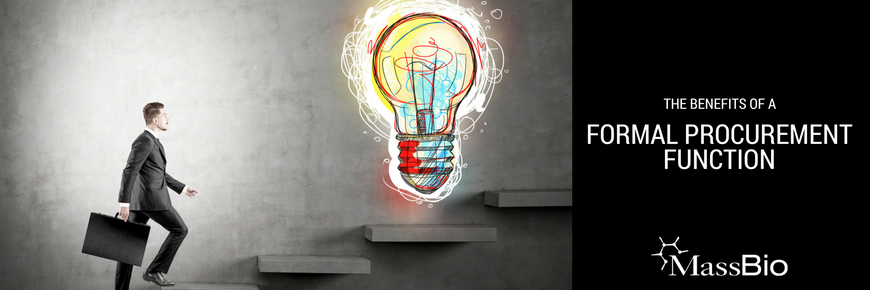
For many companies, procurement and sourcing are back office functions distributed between anyone who has the time to place an order or find a supplier. Unfortunately, this ad hoc approach not only introduces risk and uncertainty into the continuity of the development and pre-launch processes, it also passes over a huge opportunity to maximize resource efficiency and innovation.
While purchasing is the act of buying or contracting for a product or service required by the company, procurement/sourcing usually suggests something more. It may include competitive bidding between multiple qualified providers, an analysis of historical spend, or advance planning about the supply arrangements that will be needed to support forward-looking plans. Regardless of the primary driver for investing in procurement, there are three core elements of a formal procurement function that every company will benefit from: policy, process, and program design.
Policy
The simplest element of formal procurement is policy – often referred to as governance. This dictates who can make purchases and make a commitment on behalf of the company, what each person’s dollar threshold is before they need to get further approval, and who they should go to for that approval if it is required. Far from being proverbial ‘red tape’, policy ensures that all decisions requiring the commitment of company resources are made appropriately. It also introduces much needed consistency and allows leaders to have visibility into significant purchases before they are made, avoiding unintentional but wasteful overspending, duplicate purchases, and regrettable timing.
Process
Put enough policies in place, and most companies will naturally find themselves gravitating towards a systems view, where procurement is handled as part of an end to end process flow. Establishing a formal process also recognizes that there are activities that take place before and after a purchase is made or a contract is signed that require management as well. These activities affect the value created for the buying company as well as the nature of their relationships with suppliers. Establishing a formal process will also ensure that procurement and sourcing professionals are involved at the appropriate times during this process.
Program Design
It is one thing to take individuals throughout the company and have them make purchases in a standard way or follow a shared process. It is another thing entirely to have one or more people dedicated to procurement. Fortunately, formal procurement can be handled by a ‘team of one’, especially in a company’s early days. This builds on the other two elements of formal procurement by further clarifying where procurement sits in the organizational chart and what steps in the end to end process flow are to be managed centrally.
Although procurement is easy to dismiss as something that can be handled piecemeal by others, making a formal investment in how the company’s resources are allocated – and the suppliers and terms through which they are allocated – can pay huge dividends. By gradually increasing structure and formality, a procurement program has the opportunity to evolve into exactly what the company’s strategic objectives need it to be.
Guest postings on the MassBio blog in no way represent the opinions or endorsement of MassBio or its officers, directors, employees, agents, and consultants. MassBio does not represent or guarantee the truthfulness, accuracy, or reliability of statements or facts posted under the Guest postings on the MassBio blog. MassBio accepts no liability for errors, omissions or representations. The copyright of guest content belongs to the author and any liability with regard to infringement or intellectual property remains with the author.